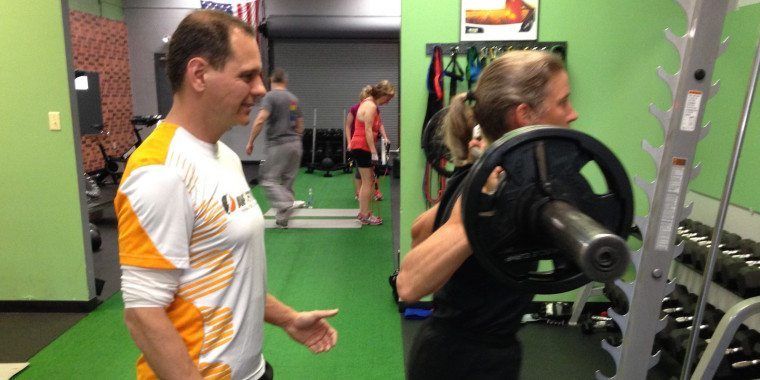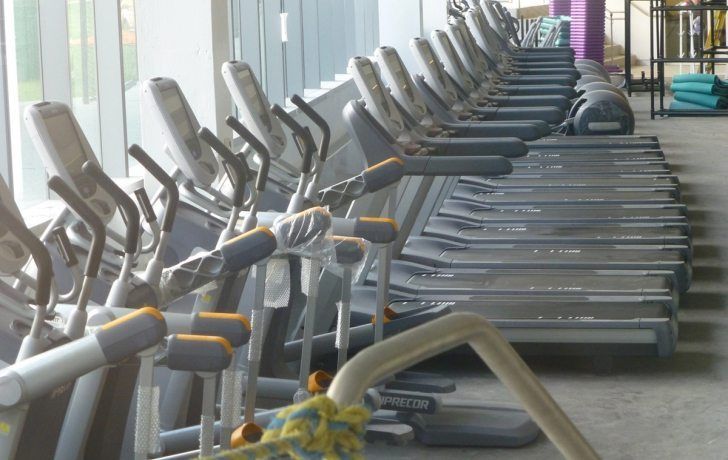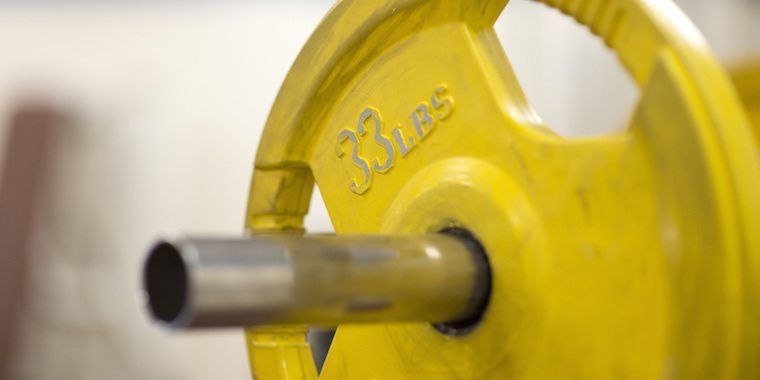If you have ever felt that familiar burning ache in your muscles during a workout, it is most commonly the result of a temporary condition known as lactic acidosis.
During exercise our bodies use oxygen to convert glucose into energy to help get through the workout. At times, however, there may not be enough oxygen to complete the process, so the body compensates by creating a substance known as lactate.
While your body converts the lactate to energy without the aid of oxygen, at times it can accumulate in the blood stream quicker than you can burn it off. When that happens, you will hit what is referred to as the “lactate threshold” and you may start to experience a burning feeling in your muscles, cramps, weakness and a feeling exhaustion.
While the symptoms are only temporary, it is important to listen to your as Stephen M. Roth, a professor in the department of kinesiology at the University of Maryland, explains in Scientific American:
“On the surface, it seems counterproductive that a working muscle would produce something that would slow its capacity for more work. In reality, this is a natural defense mechanism for the body; it prevents permanent damage during extreme exertion by slowing the key systems needed to maintain muscle contraction. Once the body slows down, oxygen becomes available and lactate reverts back to pyruvate, allowing continued aerobic metabolism and energy for the body’s recovery from the strenuous event.”
Preventing Lactic Acidosis
The best advice is to not overdo your workouts — especially if you are just starting an exercise routine. Once you get going you can increase the intensity as your body builds up a tolerance and your lactate threshold increases. Your body will adapt to your exercise training after about six to eight weeks of training, according to the National Strength and Conditioning Association.
Here are some other tips, according to livestrong.com:
- Eat fast-digesting carbohydrates with some protein immediately after every exercise session to replenish the glycogen in your muscles. Sixty percent of the calories in your post-workout meal should come from carbohydrates, ensuring you have plenty of energy for your next workout and improving your capacity to avoid lactic acidosis.
- Consume your caffeinated beverages and foods before your workouts. Caffeine reduces the use of glycogen while increasing your time to exhaustion for both aerobic and anaerobic exercises, according to a 2004 article by José Antonio, Ph.D. You need about 5 milligrams of caffeine per kilogram of your body weight to improve your performance by avoiding lactic acidosis.
- Mix sodium bicarbonate or baking soda with water and drink the solution between 60 and 90 minutes before your high-intensity workouts, three days per week for eight weeks. You need 0.4 grams of sodium bicarbonate per kilogram of body weight prior to the workouts, according to an October 2008 article by Scott Riewald, Ph.D., published in the Strength and Conditioning Journal. By increasing the amount of bicarbonate in the fluid around your muscle cells, the acidic hydrogen ion is drawn out of your muscle cells, decreasing the acidity inside your cells, helping to avoid lactic acidosis.
You should be sure to drink lots of water, which helps your body get rid of any excess acid. And, as always, eat a balanced diet that includes fruits, vegetables, whole grains and lean meats; get plenty of sleep; and give your body enough recovery time between workouts.
To learn more about creating a healthy and effective workout program, give us a call at 216-831-3674 or email us at
info@ampfitness.com to speak with one of our certified personal trainers.












